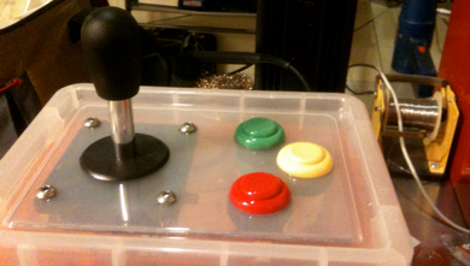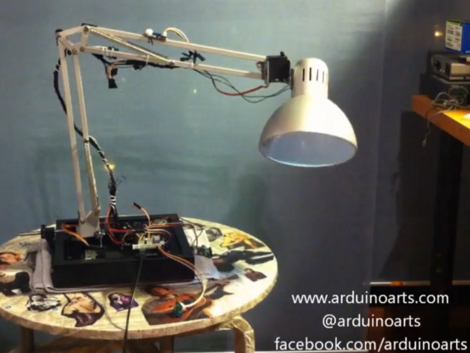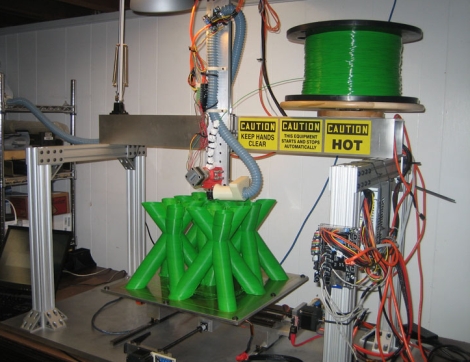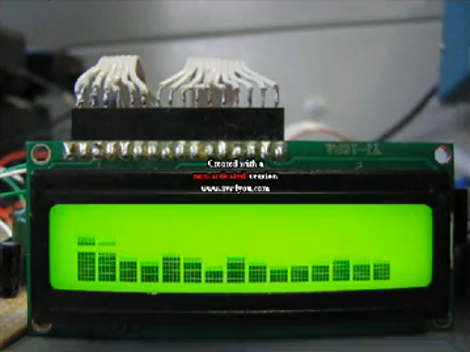
[Alex] wanted to play video games with an arcade stick and buttons, but got sticker shock after seeing the price of commercially available controllers that connect to a computer via USB. He set out to build his own and ended up with the controller-in-a box that you see above.
At first he tried using an mbed microcontroller board but was unhappy with the latency built into the system that detected a button press, sent it via USB as a keyboard press, which was then interpreted as input by the game. He ditched the microcontroller completely and picked up a couple of 4021 parallel-to-serial shift registers. He had previously used this method to make his own SNES controller. The SNES uses two 8-bit shift registers to generate an 16-bit serial packet to send to the console. [Alex’s] reused that system, adding an SNES controller plug to his arcade box, and using the SNES to USB converter he already had to connect to the computer. Now he’s got a portable controller for the cost of three buttons, the stick, and two IC’s.
He explains the project himself in the clip after the break.
















